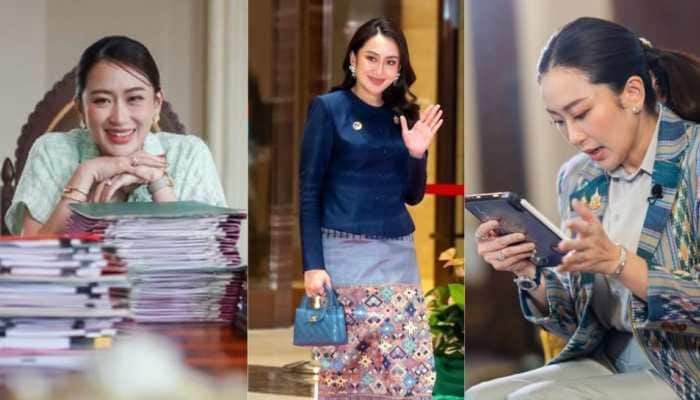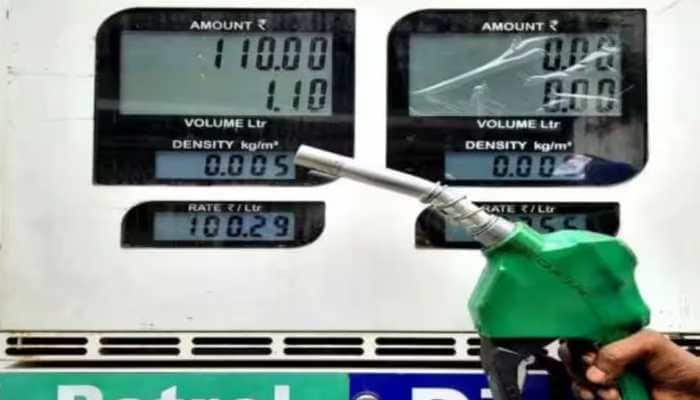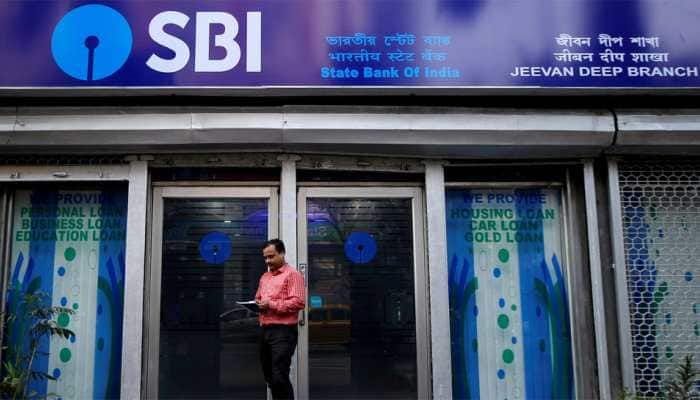Japan's Abe, eyeing lengthy rule, to opt for stability in cabinet rejig
Japanese Prime Minister Shinzo Abe looks set to put priority on stability when he rejigs his cabinet and top party line-up on Wednesday, retaining key ministers and tapping a veteran lawmaker who favours big spending as ruling party number two.
Trending Photos
)
Tokyo: Japanese Prime Minister Shinzo Abe looks set to put priority on stability when he rejigs his cabinet and top party line-up on Wednesday, retaining key ministers and tapping a veteran lawmaker who favours big spending as ruling party number two.
Abe, already Japan`s longest ruling premier in a decade, will retain his right-hand man, Chief Cabinet Secretary Yoshihide Suga, along with Finance Minister Taro Aso and Foreign Minister Fumie Kishida, media reports said.
All three have held their posts since Abe took office in December 2012, pledging to reboot the deflation-plagued economy and bolster Japan`s global diplomatic and security presence.
LDP policy chief Tomomi Inada, a hawkish Abe ally and potential premier, will get a portfolio - possibly defence, trade or agriculture - while Economics Minister Nobuteru Ishihara may be retained along with Health, Welfare and Labour Minister Yasuhisa Shiozaki, according to the reports.
Japanese media said another would-be successor, Shigeru Ishiba, minister for regional revitalisation, was considering declining to stay in order to prepare for a run at Japan`s top job when Abe`s LDP leadership term expires in September 2018.
PARTY LINE-UP
On Wednesday, Abe will also recast the LDP executive line-up. His expected appointment of Toshihiro Nikai, 77, a big spending advocate with friendly ties to China, as LDP secretary general was seen by analysts as signalling the premier`s hopes for a third term, since Nikai has already indicated his support for the extension, which would require a change in party rules.
"Abe is seeking to perpetuate his power. He is not grooming any successor other than Inada, and she won`t be ready yet," said Sophia University professor Koichi Nakano.
Abe is trying to rev up his "Abenomics" recipe of hyper-easy monetary policy, fiscal spending and reform, which has so far failed to spur sustainable growth despite huge monetary easing.
On Tuesday, Abe`s outgoing cabinet was set to approve 13.5 trillion yen ($132.04 billion) in fiscal steps as part of efforts to revive the flagging economy with cash payouts to low-income earners and infrastructure spending.
Some experts worry Abe will divert too much energy to trying to revise Japan`s post-war, pacifist constitution now that his ruling bloc and allies have the two-thirds majority in both houses of parliament needed to start the process. Changes must also be approved by a majority of voters in a referendum.
Abe also has a full diplomatic plate. He is expected to meet Russian President Vladimir Putin in Vladivostok on the sidelines of a Sept. 2-3 multilateral forum, where he hopes to make progress in a decades-old feud over disputed islands.
He then travels to China for a Group of 20 summit, where he may have a meeting with Chinese President Xi Jinping. Sino-Japanese ties remain frayed by a dispute over tiny isles in the East China Sea and Beijing`s growing military assertiveness in the South China Sea.
Stay informed on all the latest news, real-time breaking news updates, and follow all the important headlines in india news and world News on Zee News.
Advertisement
Live Tv
Advertisement







)
)
)
)
)
)
)
)
)
)
